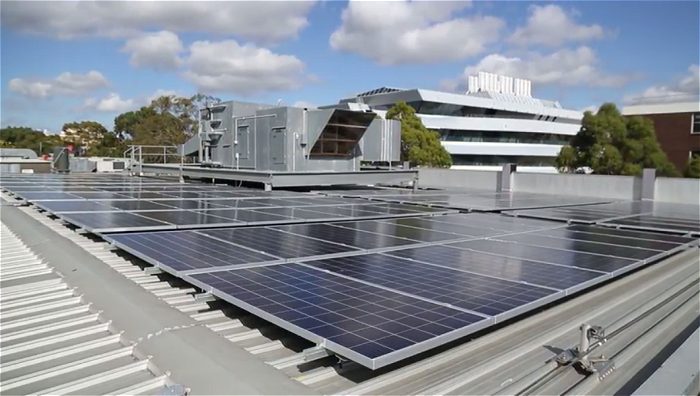Australia’s largest university has announced it will be fully powered by renewable energy by 2030 through a $135 million project called the Net Zero Initiative.
“Leadership in sustainability of the kind to which Monash aspires requires much more than being carbon neutral by offsetting emissions through carbon credits or similar mechanisms. The University strives to completely eliminate its dependence on fossil fuels,” said MU’s President and Vice-Chancellor, Professor Margaret Gardner AO.
Monash’s net zero carbon emissions by 2030 goal includes generating as much electricity from on-site solar arrays as possible, with the balance of energy to be sourced from off-site renewables.
MU started integrating solar power in 2009, when the first panels were installed at each campus. Last year, the university’s solar arrays generated more than 650,000 kilowatt-hours of electricity.
Currently, MU has more than 4,000 solar panels in place and by the end of 2020, it will have completed its biggest solar rollout to that point. Solar energy will provide 7% of Monash’s electricity requirements in 2020 and by 2030, the share will increase to 20%, with 5.5 MW of on-site solar generation capacity in place.
MU says its efforts in utilising every suitable rooftop and carpark on its campuses for solar electricity generation will result in Australia’s “largest urban solar farm”.
Along with the solar rollout, construction of an on-site microgrid that will incorporate battery storage has begun at the Clayton campus.
“The Monash Microgrid will provide a real-world example demonstrating how communities can keep their energy system affordable and resilient, in particular during peak periods and extreme weather events,” said Director of the Monash Energy Materials and Systems Institute, Dr Jacek Jasieniak.
Other efforts will see MU switching gas appliances for electric, which includes changing all heating and hot water plants from gas to electric heat pumps. Additionally, more than 68,000 light fittings across MU’s campuses will be changed to LEDs.
Monash says it will also improve insulation and sealing of all its buildings and achieve Passive House certification for all new buildings. In 2015, 76% of the University’s total carbon emissions were associated with heating, cooling and operating its buildings.
As well as slashing emissions, the ambitious project will provide an educational bonanza.
“Our Net Zero Initiative will enhance our research and learning opportunities,” states MU. ” Our future engineers and leaders will learn how to power a sustainable world. Together, we’ll role-model global energy best practice”
More on Monash University’s Net Zero Initiative can be viewed here.


 RSS - Posts
RSS - Posts



Speak Your Mind